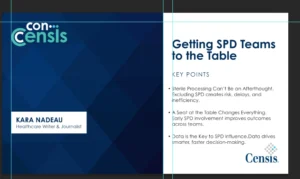Guide to Conducting an Effective Safety Walk-Around
Conducting regular workplace inspections, also known as safety walk-arounds, is one of the most effective methods for managers to spot, anticipate and resolve potential safety hazards.
A sheet from OSHA with suggestions for a successful safety walk-around is available. Tips from this sheet are broken down into three main stages of the inspection: pre-inspection, during inspection and post-inspection.
The Pre-Inspection
Managers can go into an inspection with a clear picture of the situation by examining relevant documents including incident reports, workers’ comp records and already identified hazards. This reduces catch-up time and provides essential context to the observations. At the very least managers should also tap the voice of safety committees and workplace safety reps if information is avilable. PPE is a must for all on-site visits. Finally, if possible, managers should sit in or even take the same safety training that workers do.
During the Inspection
Large groups are intimidating and overwhelming, so travel light and fast since the information gleaned from workers on the job can be limited. Managers should stay aware of commonplace hazards as well as property damage that might lead to an injury. Anticipation is king. When speaking with workers, make it clear that finding a hazard doesn’t lead to someone taking blame. Safety is the priority. If feasible, observe workers on the job while keeping an eye on anomalies or common precipitants to injury such as bad posture, repetitive motion and poor lifting form.
Post Inspection
Rapidly prepare a post-inspection plan for resolving any issues spotted. Communicate this plan with fellow managers and workers to make clear that safety is a priority.









